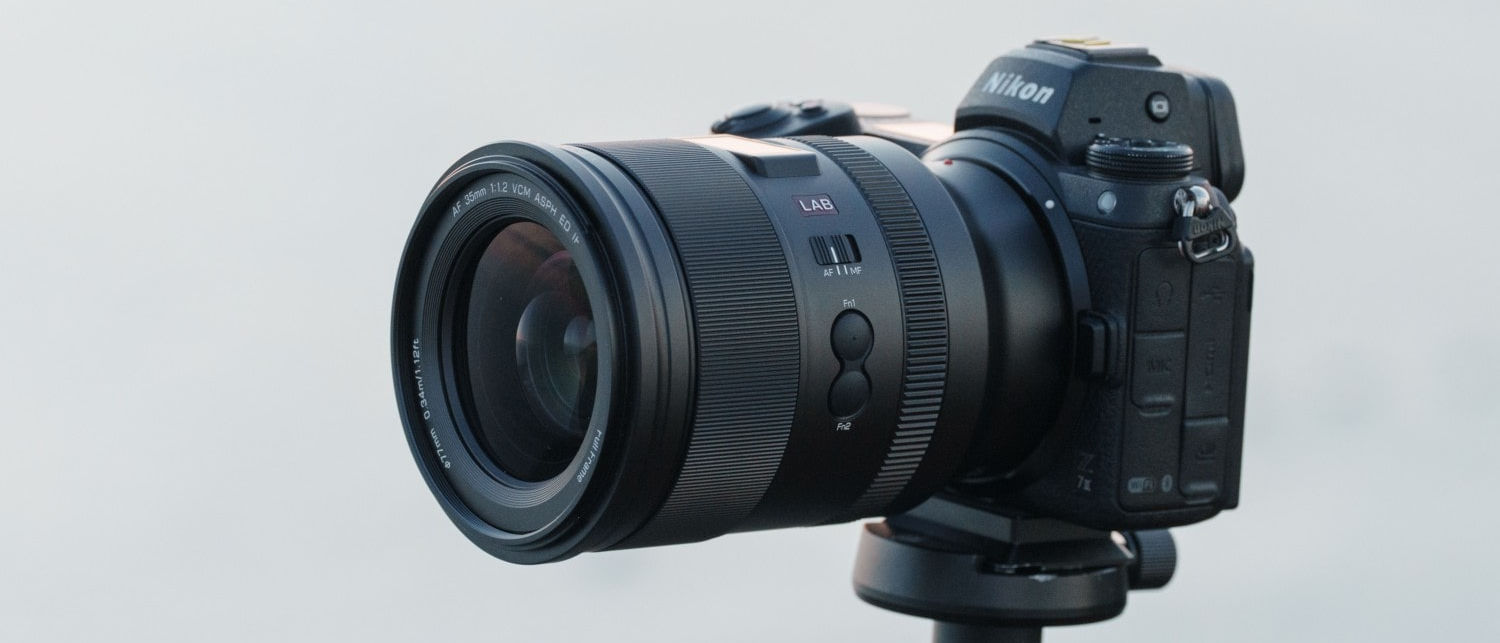I used the Nikon Z8's Pre-Release Capture mode to photograph butterflies in flight
I used my Nikon Z8's Pre-Release Capture mode and fast burst speeds to shoot butterflies on the wing
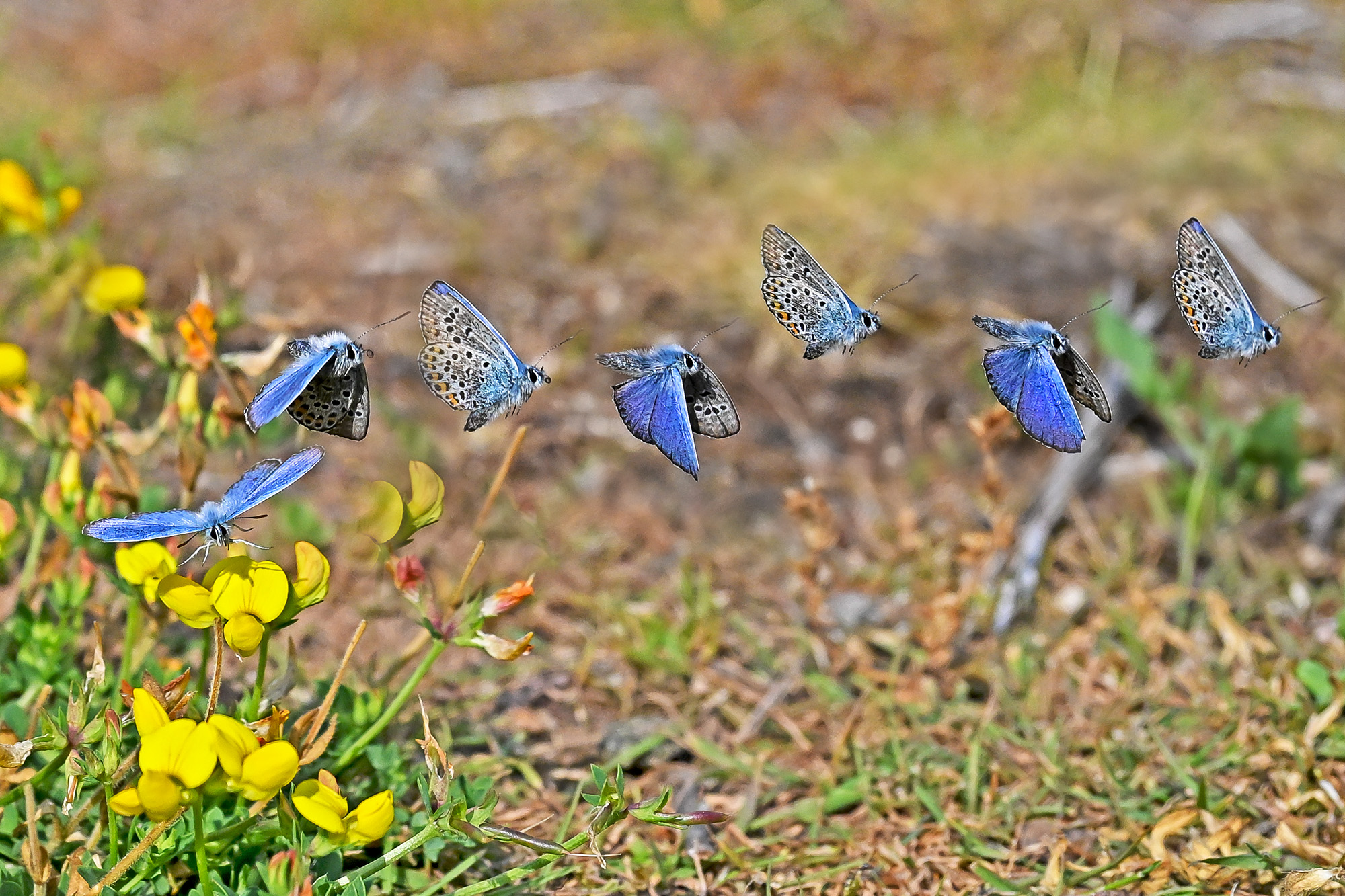
Ever since I was a boy, I’ve been fascinated by the winged creatures of summer. The release of the Nikon Z8 afforded me a real chance of capturing our native butterflies in flight. In this tutorial, I’d like to share with you the settings I’ve carefully honed following the release of the D850’s spiritual successor.
I’m sure these will be refined further as software upgrades arrive and my technique improves, but my hope is to inspire you to get out there and have a go yourself.
It’s important to note that for every successful sequence, many hundreds of images end up in the delete pile. The Z8’s high frame rate has also given me the opportunity to photograph the intriguing world of butterfly courtship dances – and you’ll find several of the techniques listed here, entirely transferable to other forms of insect macro photography.
Capture a butterfly flight sequence
1. Know your subject
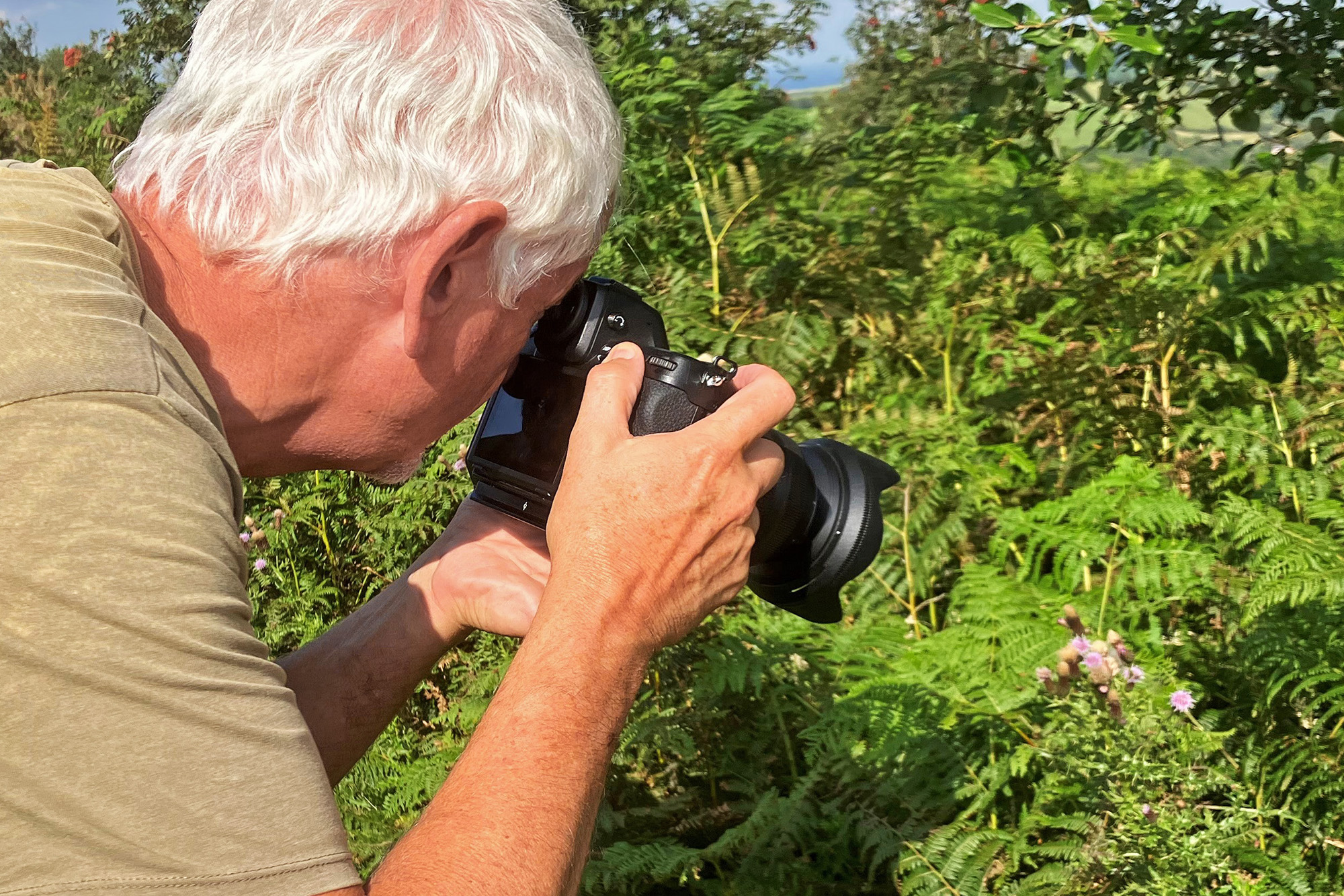
Take the time to observe the butterfly: how does it take off? When? And in what direction? This knowledge will help you frame and capture your shot. I use back-button focus to activate Pre-Release Capture (see step 3). This frees up the shutter button to fire without any danger of refocusing or hunting delaying the shot.
2. Try to keep up
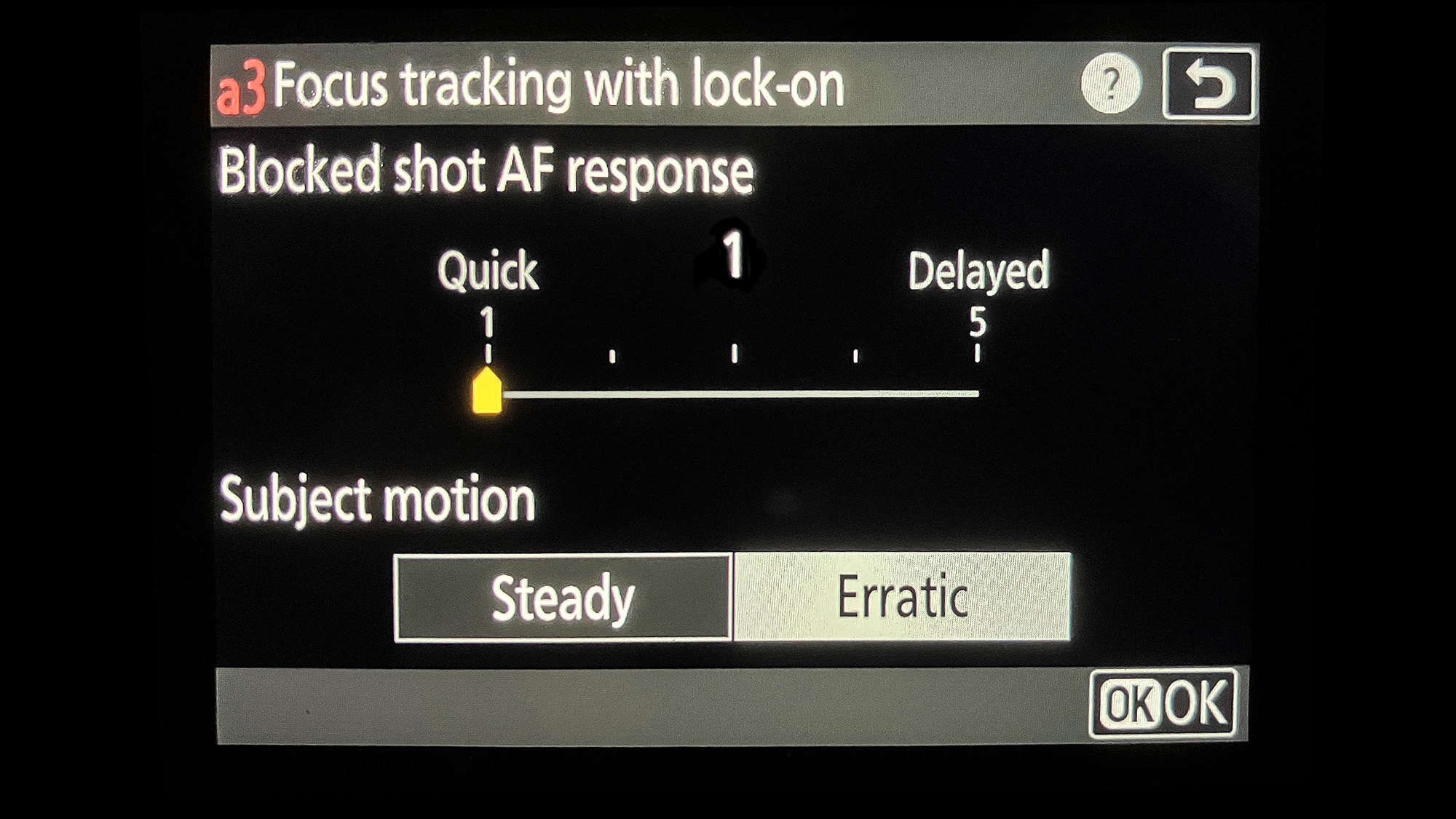
Butterflies are often too erratic for AF to track them in flight – even for the Z8’s 3D tracking. In the ‘Focus Tracking with Lock-on’ custom setting, set ‘Blocked Shot AF Response’ to Quick (1) and ‘Subject Motion’ to Erratic, to help maintain focus as it takes off. If it flies across the frame, it should remain on roughly the same focal plane.
3. Quick reactions

With Pre-Release Capture enabled, the Z8 buffers images while focus is engaged by half depressing the shutter button or holding down the AF-ON button (back-button focus). This compensates for any delay in your reactions as the butterfly lifts off. I find one-sec pre-release burst and one-sec post-release burst is enough.
4. Fire a burst
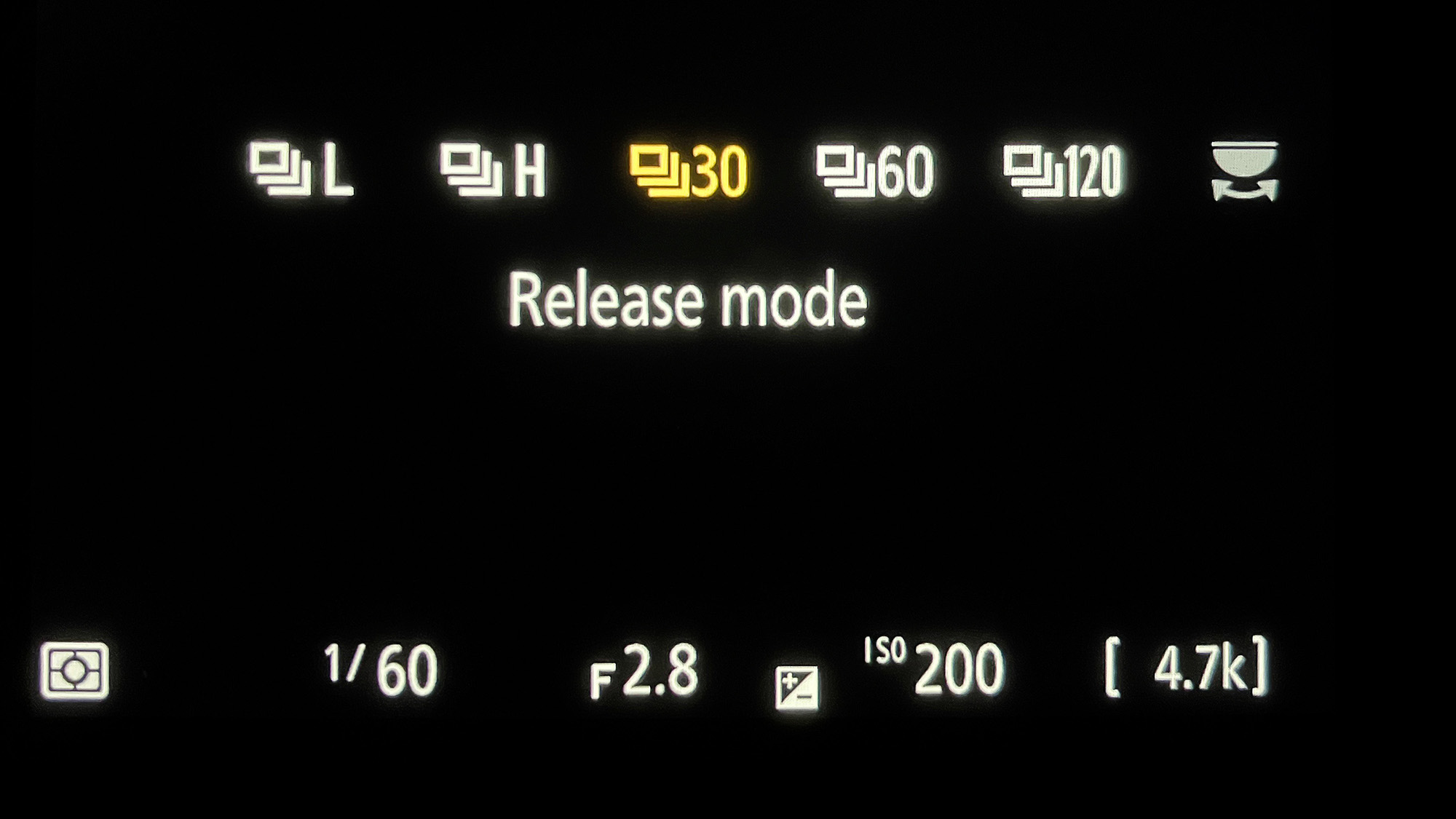
Each species of butterfly has its own flight characteristics and speed. I normally use 30fps but find that fast flyers, such as skippers and hairstreaks, require 60fps. While the Z8 shoots JPEG rather than RAW at these frame rates, capturing just the right moment trumps image quality – which I find to be perfectly acceptable, regardless!
The best camera deals, reviews, product advice, and unmissable photography news, direct to your inbox!
5. Blend your sequence
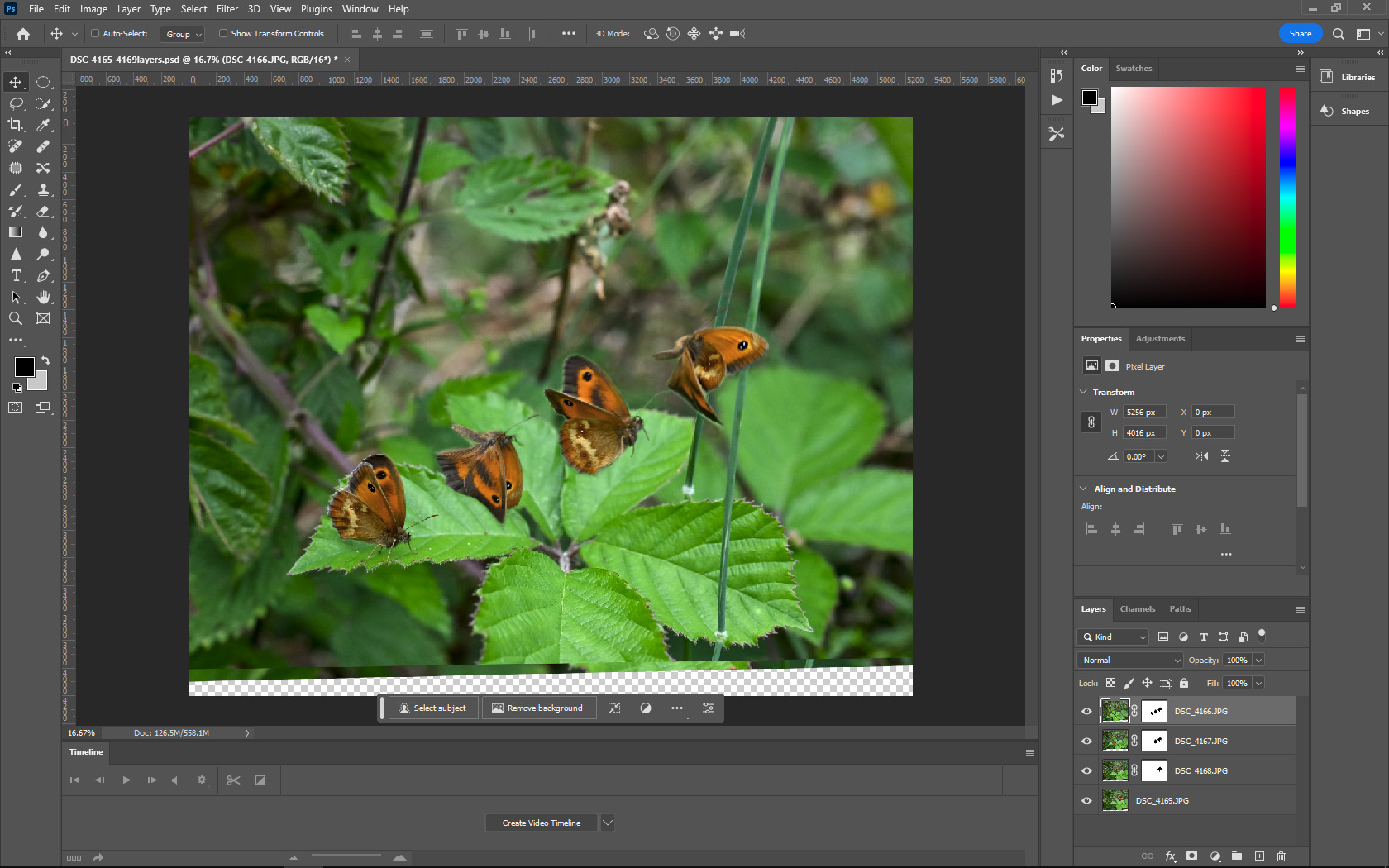
Any global edits are performed in Adobe Lightroom. I then import the sequence into the same Photoshop document. The layers are aligned before a layer mask is applied to each image, apart from the base layer. I use a soft, black brush to paint through to the butterflies on the layers below.
Expert tip
Butterflies are very sensitive to changes in light. When approaching your subject, try to keep your silhouette below the horizon – never position your body between the butterfly and the sun. Move in slowly, with no sudden movements, for the best chance of framing the shot.
This article was originally published in N-Photo: The Nikon Magazine (issue 155)
You might also like...
Don't want to invest in an interchangeable-lens system but love wildlife? Check out the Nikon P1100 review. Thinking of picking up a Nikon Z8? It's two years old, but I reckon it could remain in my kit bag for a decade AT LEAST. And when it comes to the 'Big N', hang on a minute – is Nikon suddenly cool again?

Nigel is a long-time Nikon user and photography educator who captures the natural world. He was introduced to the medium in the early 1970s by his father and now specializes in macro photography and astrophotography. He cut his teeth in the darkroom, embraced the DSLR and now uses a state-of-the-art Nikon Z8.
- Mike HarrisHow To Editor
You must confirm your public display name before commenting
Please logout and then login again, you will then be prompted to enter your display name.
